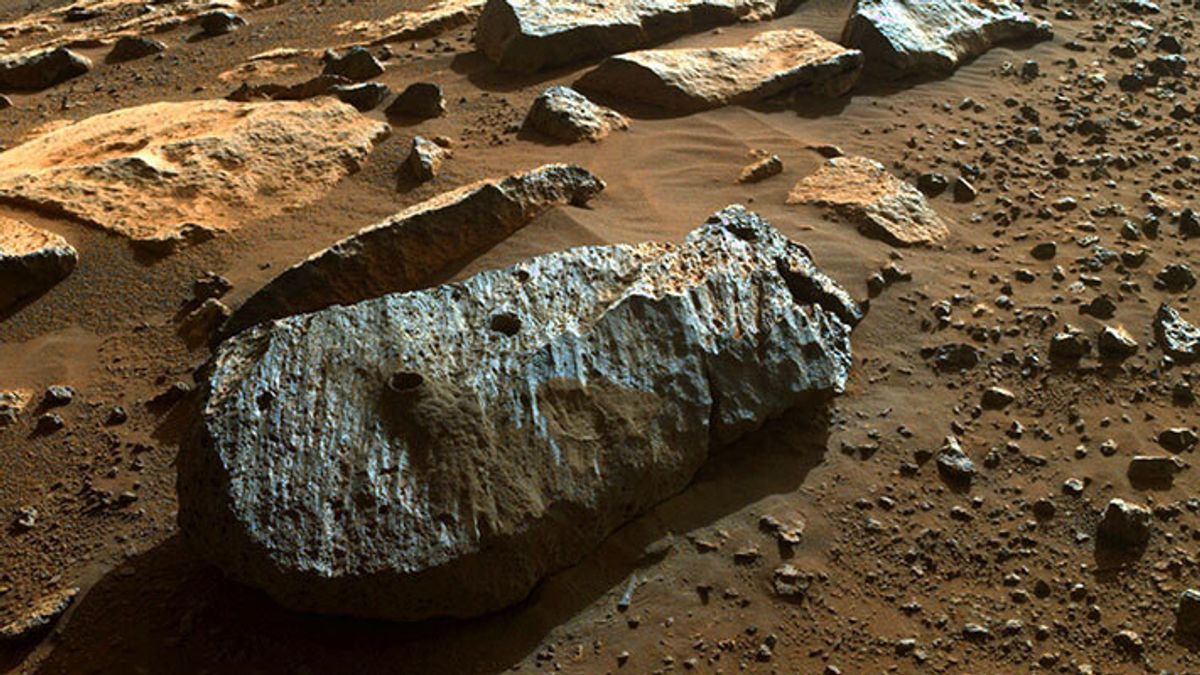
JAKARTA – Before humans set foot on Planet Mars, objects from that planet had already arrived on Planet Earth. This happened because several pieces of rock on Mars were thrown and hit Earth.
These chunks of rock from Mars were collected by researchers. They tried to identify several things, including the age of the rock. The results of the research were quite surprising.
Many of the rocks identified are quite young, such as several hundred million years old. This is a very surprising finding because the surface of Mars itself is older than that.
From the Sciencealert report, these researchers believe that the rocks they found came from Mars. Conveyed by Volcanologist Ben Cohen, this belief arose from the chemical characteristics they discovered.
“They were thrown from the Red Planet by a massive impact event, forming huge craters. But there are tens of thousands of impact craters on Mars, so we don't know exactly where the meteorites came from. "One of the best clues you can use to determine the source of the crater is the age of the sample," Cohen said.
So far, researchers have collected around 360 samples of meteorites thought to have come from Mars. About 302 of them are classified as shergottite, a metal-rich Martian rock formed by volcanic activity.
관련 항목:
The issue of the age of this meteorite is also a bit confusing. Apart from research results, which show that its age is still in the range of several hundred million years, it needs to be emphasized that the craters on Mars are very old.
If the surface were younger and freshened by volcanic activity, the researchers believe that the craters would have been erased by volcanic flows. Therefore, it is very likely that the age of the meteorite is older than we imagine.
To get more valid results, experts conducted research again using various methods. They have dated seven shergottite samples with ages ranging from 161 million to 540 million years ago.
Currently, the researchers' current prediction is for the older surface to disintegrate until the younger rock is exposed beneath and refilled by volcanic activity on Mars. In the end, the rock was dug out and thrown out into the Solar System.
It should be noted that volcanic activity on Mars is still ongoing today and the planet continues to be bombarded by their mountains. Every year, there are 200 impacts from volcanic activity that create craters measuring more than 4 meters.
The English, Chinese, Japanese, Arabic, and French versions are automatically generated by the AI. So there may still be inaccuracies in translating, please always see Indonesian as our main language. (system supported by DigitalSiber.id)













